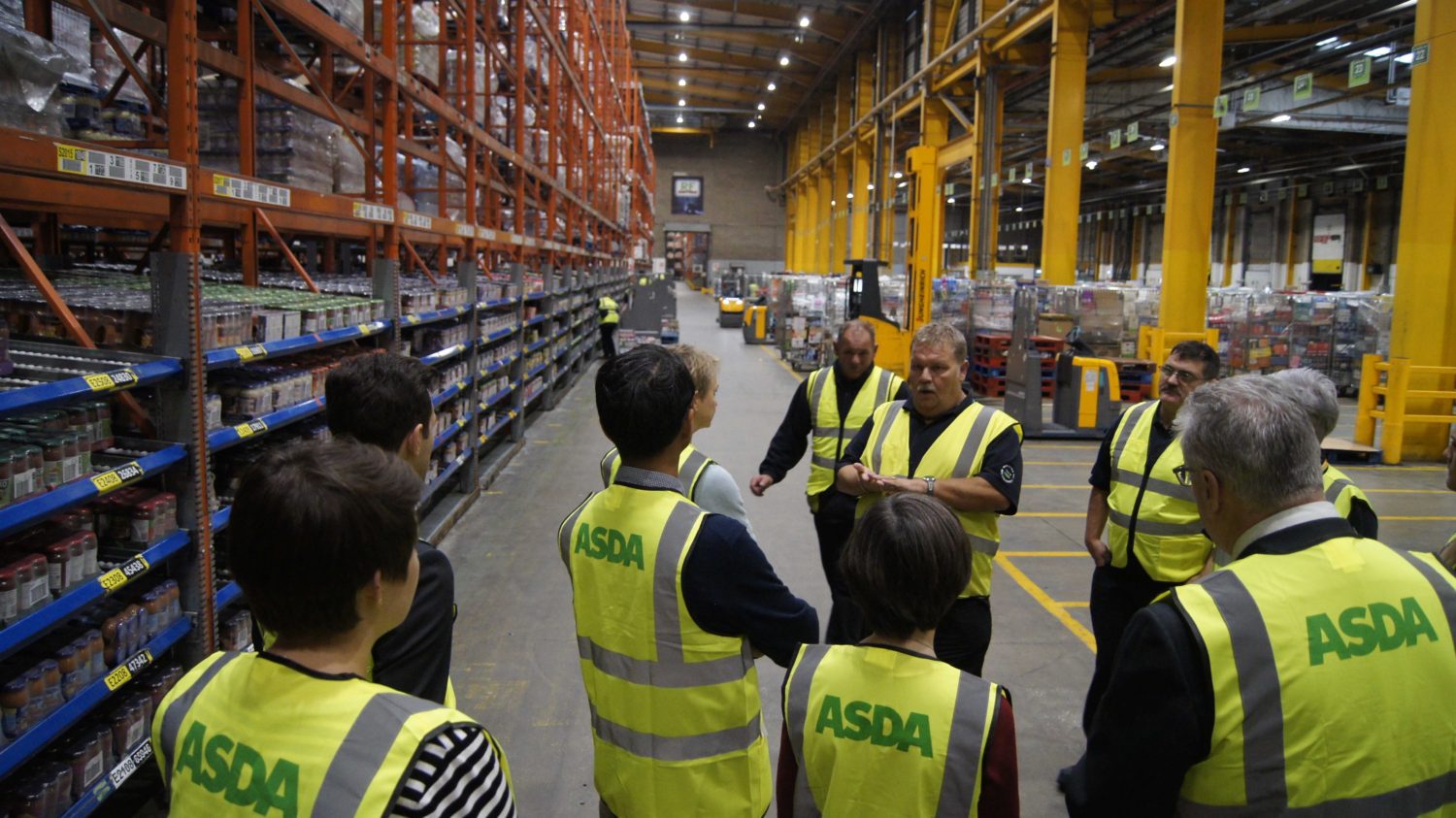Hearing their voices
Workers' voices must be at the heart of our approach to technology change, writes Anna Mowbray
A culture shift is needed in workplaces up and down the country, so that workforces are always involved in developing ideas and making decisions about new technology.
All too often, we hear stories about poor implementation of new technology that does not achieve the expected result or creates extra challenges for workers: new IT systems, for example, that do not deliver the promised improvements or that create extra admin for staff on the frontlines. Often, such problems arise because workers have not been involved in the design or rollout processes.
Worker voice is a highly effective tool for helping managers to make better decisions. It increases workforce engagement and enables innovation. The Commission on Workers and Technology, a joint initiative from Community union and the Fabian Society, saw great examples of good practice – of technology being designed in conjunction with those who would be using it and of employers listening to workers and allowing them to test out ideas.
But not everyone is getting a say about technology change at work. When the Commission surveyed workers in 2019, 65 per cent said they had not been consulted the last time technology was introduced.
One problem is that not everyone has the protection of a trade union, which makes it harder for them to be represented and have their voices heard. Worryingly, it is those at most risk of automation who are least likely to have the protection of a union. In almost all the sectors where jobs are most vulnerable to automation – retail, hospitality, manufacturing, and finance and insurance – union density is lower than average. And those in precarious work, who are also particularly vulnerable to technology change, are least likely to be represented by trade unions; for example, the self-employed and those with temporary contracts.
The evidence shows workers in workplaces with a recognised union have a wage premium. They also tend to get more annual leave, work less unpaid overtime, and have better sick pay and family leave benefits. Furthermore, workplaces with collective bargaining see more innovation in terms of the company’s products, and increased productivity. Worker consultation has proven benefits: better decisions, a more engaged workforce, and greater innovation.
Realising these benefits requires normalising workforce consultation in every single workplace. In many cases this will require a significant change in mindsets. But there are steps that can be taken to start to drive this culture change.
First, the government should change to the law to make it easier for workers to create a workplace council. All workplace councils should have the right to consult with management about technology, pay and training.
Workers should also have the right to elect an employee director to the board if they wish. Worker directors can be a powerful way for a worker representative to encourage boards’ long-term thinking and scrutinise their decisions.
It is vital that worker consultation forms the core of employers’ approaches to technology change. An ongoing conversation about technology and skills must happen in every workplace.
Of course, neither workplace councils nor worker directors replace the vital role of trade unions. Unions have a key role to play in this process – we believe conversations about technology should be part of every negotiation between a union and an employer.
Reforms are needed here too, so that unions can talk to workers and help them to organise more easily. Steps should include updating trade union law, giving unions enhanced rights to speak to workers, and making recognition agreements simpler to secure.
Even in the absence of legislative change, there are positive signs that the trend of increased trade union membership that started in 2020 will continue. If it does, it will help to ensure workers get the representation they need by increasing their collective power.
Of course, the trade union movement also needs to ready itself for the challenges of automation.
Collective bargaining is the best way to get a good deal for all of us: it is by standing together that we can help make sure those workers most affected – those undervalued workers in low paid or insecure work – get a fair share of the benefits. Trade unions recognise this, and they must continue to work hard to support the most vulnerable workers and help shape technology change in their workplaces.
Finally, through social partnership, government, employers, and workers must work together at national and sectoral level too, to decide how jobs change in response to new technology.
We can get this right if everyone comes to the table and helps to make strategic decisions about technology and the future of work. Putting the voices of workers right at the centre of our approach to technology change is the best way to do so.

